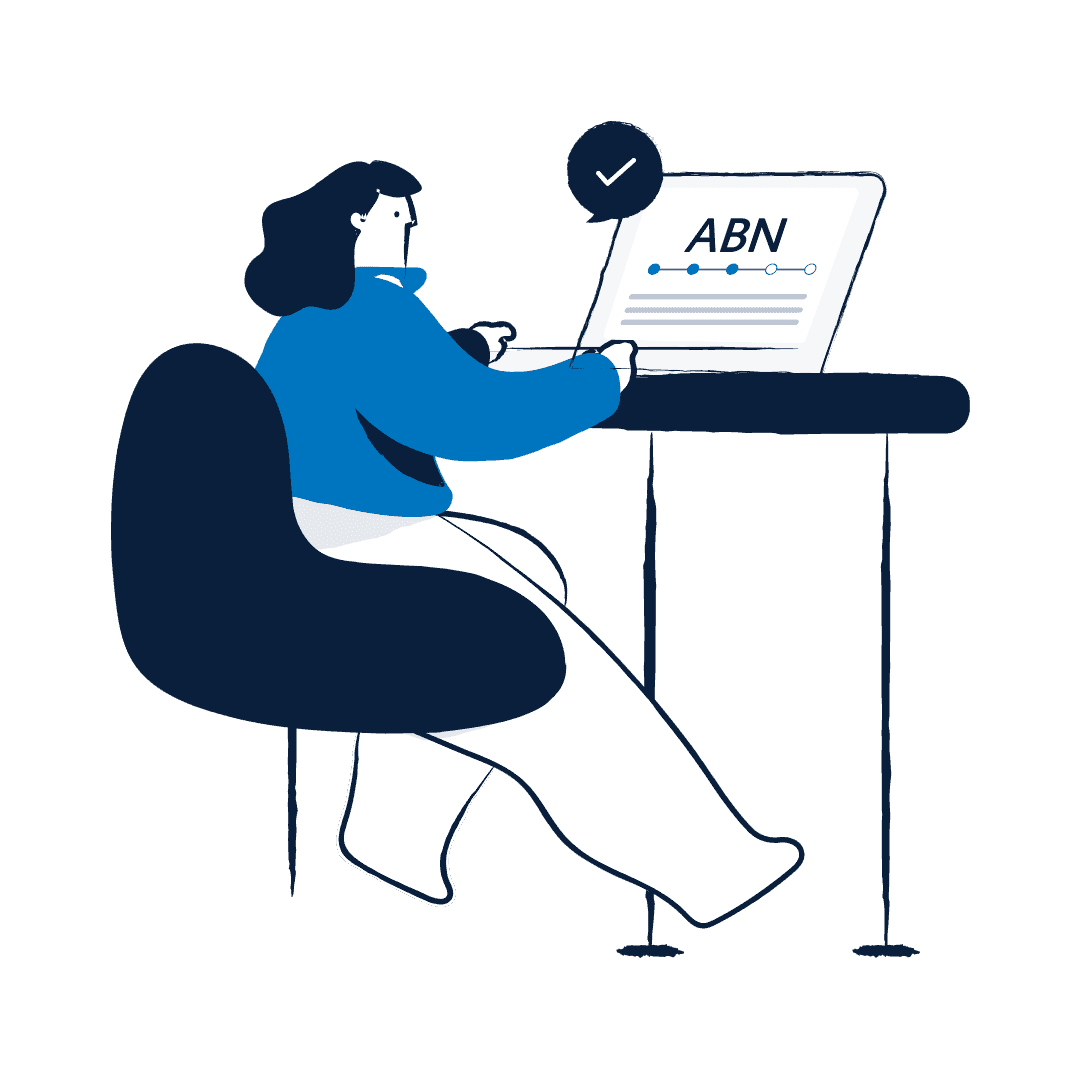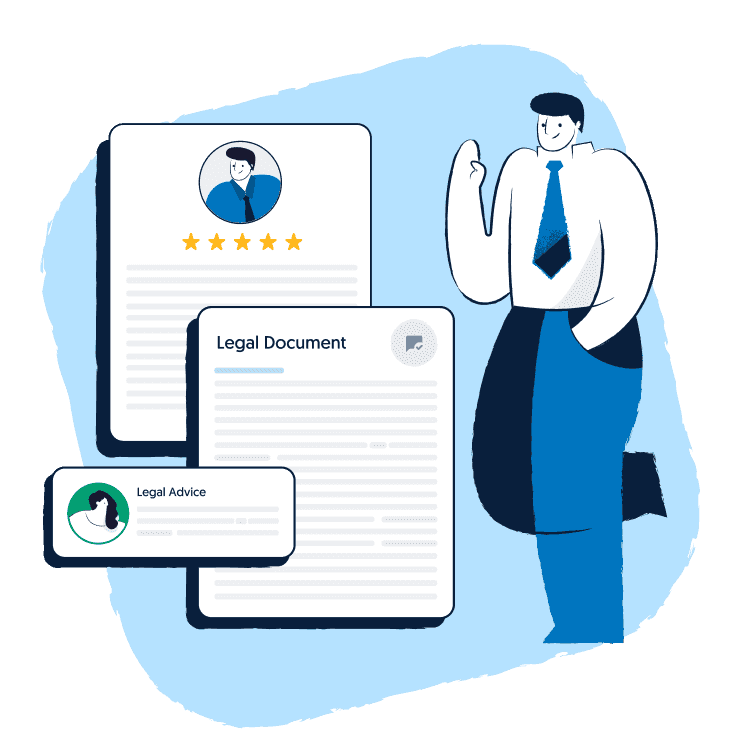💡 Key insights
- A liquidation business in Australia works by buying discounted stock from liquidations, auctions, or closing businesses and reselling items through retail or wholesale channels.
- Before launching you must register your business, choose a business structure, and register for GST if turnover is likely to exceed the threshold.
- You must comply with consumer law, fair trading, and product safety regulations and carry appropriate insurance such as public liability, product liability, and stock insurance.
- Success depends on sourcing quality stock reliably, managing cash flow carefully, and choosing effective sales channels like an online store, retail outlet, or wholesale.
If you’ve ever wondered how to start a liquidation business in Australia, this guide will walk you through every step — legally, practically, and profitably.
In this business space, there are two key models you can pursue. Some choose to offer professional insolvency and liquidation services, for which you need to be a licensed insolvency practitioner. Another option is to run a liquidation resale business; this focuses on purchasing and reselling discounted goods from companies that have closed down or gone into administration.
This guide focuses on the liquidation resale business model, which involves buying liquidation stock at low prices from auctions, wholesalers, or closing businesses, and reselling it for profit through online or physical outlets.
Table of Contents
What is a liquidation business?
A liquidation business in Australia involves purchasing goods from businesses that are closing, downsizing, or clearing excess inventory and reselling them through wholesale or retail channels.
This process isn’t the same as registered insolvency and liquidation services, which deal with winding up companies on behalf of creditors. Those services require licensing by the Australian Securities and Investments Commission (ASIC) and are governed by strict professional standards.
Resale-focused liquidation businesses, however, operate in the secondary market. They buy liquidation stock, such as electronics, clothing, furniture, or mixed pallets, from auction houses or directly from distressed companies. Companies often sell these goods in bulk or by the pallet, offering significant discounts compared to wholesale prices.
Popular Australian sources of liquidation stock include:
- Grays, which runs online liquidation auctions for electronics, whitegoods, and industrial equipment.
- Pickles, known for large-scale auctions involving liquidation assets, vehicles, and surplus goods.
Entrepreneurs in this space take advantage of low-cost purchasing to realise profit margins through resale. The key lies in careful sourcing, reliable logistics, and a strategy tailored to market demand.

Get a free legal document when you sign up to Lawpath
Sign up for one of our legal plans or get started for free today.
Step 1: Choose your business model
Before launching your liquidation venture, identify the business model that aligns with your capital, risk tolerance, and operational goals. Broadly, there are three common models in the Australian liquidation space.
- Retail liquidation store (online or physical): This model involves selling liquidation stock directly to consumers via an online store or a physical warehouse outlet.
Example: A small retailer in Melbourne sources mixed pallets from Grays auctions and resells items through Shopify and Facebook Marketplace.
- Wholesale liquidation buyer/reseller: In this model, you sell liquidation goods in bulk to small retailers or market stall operators.
Example: Sellers on Reddit’s r/AustraliaSmallBusiness often discuss buying pallets from liquidation auctions and reselling boxes to other vendors for a modest but quick liquidation business profit.
- Niche liquidation (electronics, clothing, furniture): This is a targeted approach that focuses on specific categories like office furniture, tech gear, or fashion stock.
Example: A Sydney-based entrepreneur sources electronics on liquidation, then refurbishes and resells them online to consumers and small retailers.
As these models are very different, they come with a different set of advantages and setbacks. For example, a retail store is more expensive to set up but has higher profit margins per item. Below is a quick summary table.
Pros and cons of each model
| Business Model | Pros | Cons |
| Retail Liquidation Store (Online or Physical) | – Higher profit margins per item- Direct customer engagement- Greater control over pricing and branding | – Requires warehouse or retail space- Ongoing marketing and e-commerce setup costs |
| Wholesale Liquidation Buyer/Reseller | – Faster turnover and lower handling effort- Less need for consumer-facing marketing | – Lower margins per item- Heavy reliance on reliable stock flow |
| Niche Liquidation (Electronics, Clothing, Furniture) | – Easier brand building and smarter marketing- Predictable audience demand | – Narrower sourcing options- Higher stock risk if demand fluctuates |

Need Financial or Legal Advice for your small business?
Step 2: Register your business and structure
No matter which model you choose, you’ll need to take care of business registration before you start operations. Your first legal step is to choose the best structure for liability and taxation.
Your primary options are:
- Sole trader: Simple and inexpensive to set up, but offers no personal liability protection.
- Partnership: Similar to a sole trader but with more than one business owner.
- Company: A separate legal entity. Although setup and compliance costs are higher, it provides stronger protection against debts and liabilities.
Once you decide, you’ll need an Australian Business Number (ABN) through the Australian Business Register. If your turnover exceeds $75,000 per year, you’ll also need to register for Goods and Services Tax (GST).
Many liquidation businesses in Australia prefer a company structure for asset and personal liability protection, especially when handling bulk imports or higher stock values.

Start your ABN application in minutes!
Need an Australian Business Number to start a casual job? We've got you covered.
Step 3: Understand the legal and compliance requirements
The next step is to understand what ongoing compliance responsibilities you have as a liquidation business owner. Unlike professional insolvency work, which requires an ASIC licence, a resale-focused liquidation business generally doesn’t need a special liquidation licence in Australia.
However, you must comply with several business and trading laws.
- No insolvency services: Unless you are a licensed liquidator, your business must not offer legal or financial winding-up services.
- Australian Consumer Law (ACCC): You are responsible for selling safe products and providing accurate descriptions. Selling unsafe, recalled, or counterfeit goods can lead to fines.
- Fair trading regulations: Each state’s fair trading authority enforces rules on warranties, refunds, and product safety.
- Business insurance: Secure appropriate cover, including public liability insurance (protects against injury claims), product liability insurance (for faulty items), and contents and stock insurance (for physical inventory).
This legal clarity helps you operate confidently while preventing misinterpretations between the liquidation process and resale activity.

Get on demand legal advice for one low monthly fee.
Sign up to our Legal Advice Plan and access professional legal advice whenever you need it.
Step 4: Source liquidation stock
Once you’ve done your initial legal setup, the next step is to find a reputable and trusted liquidation wholesaler. Your liquidation business will need a wholesaler who can ensure a reliable flow of goods and products you can actually resell successfully.
You can find liquidation stock at:
- Auction houses: Grays, Pickles, and Slattery Auctions regularly sell inventory from insolvent companies.
- Direct from businesses: Contact retailers or warehouses closing down. A direct purchase often yields better stock selection.
- Online marketplaces: Platforms like BStock, Liquidation.com, and eBay Liquidations offer mixed or category-specific pallets.
Expect to pay between $300 and $1,500 to purchase pallets and over $10,000 if you are looking to invest in truckloads of goods. Of course, the specific goods you buy will influence the unit cost.
Once you’ve found a supplier, ensure that you inspect the quality of the goods before purchasing them. Many wholesalers will mark their goods as ‘unchecked’, so it is your responsibility to conduct quality assurance.
On Reddit threads like r/AustralianBusiness and r/Flipping, users discuss successes from sourcing liquidation pallets locally. One comment notes, “I buy mixed general merchandise pallets from a Brisbane supplier. Half the fun is sorting the good from the not-so-good.”
Sourcing the right goods is both a science and an art. That said, remember to establish robust supplier agreements with your wholesaler of choice to protect your business.
Tips to avoid scams and low-quality stock
- Inspect manifests before purchase.
- Start with small pallet quantities.
- Work only with verified, responsive suppliers.
- Keep records of each batch for warranty and compliance.
- Sign written, legally-binding supplier agreements.
Remember that starting out small is always a good idea. Over time, you’ll establish sound relationships with specific suppliers, and the process will become a breeze.
Step 5: Set up your selling channels
Once you have found a wholesaler and determined what you will buy, you’ll need to create a platform on which you can resell the goods. You may choose to have an online platform through eCommerce websites like Shopify, or have a physical shopfront. You can also sell through eBay or Amazon by creating an online business account.
Remember to set up your platform before you actually purchase the goods. Storage costs money and can eat into your liquidation business profits. You don’t want the goods sitting around waiting for you to set up your store.
Consider the following operational details when deciding on the platform and going through the setup process:
- Manage storage and warehousing strategically to reduce overhead.
- Develop a marketing strategy through platforms like Google Ads or social media to advertise liquidation deals.
- Plan shipping and logistics early; bulk stock needs efficient freight handling.
Lastly, you can also opt for a hybrid model — online sales supported by a small storage facility. This balances flexibility with control and can boost the profit of liquidation businesses.
Step 6: Accounting and tax considerations
A profitable liquidation business in Australia requires precise financial management from the outset. Because bulk stock purchases can create irregular cash flow, a disciplined accounting approach is crucial.
GST and tax treatment
- GST: If you have registered for GST, you can claim GST credits on eligible purchases and must charge GST on resales.
- BAS obligations: Lodge regular Business Activity Statements to report GST collected and credits claimed.
- Accurate record-keeping: Maintain precise invoices for every auction or supplier transaction to protect yourself in case of ATO audits.
- Tax deductions: Keep detailed expense records to claim allowable deductions, such as transport, packaging, and storage costs.
Tracking profitability and cash flow management
- Record Cost of Goods Sold (COGS) carefully, including transport and packaging expenses.
- Review profit margins for each batch or pallet to identify best-performing stock categories.
- Use reliable accounting software (e.g., Xero, MYOB) to automate tracking, reporting, and BAS preparation.
- Maintain cash reserves to cover upfront stock purchases without affecting operating costs.
- Rotate stock frequently to free up capital and avoid tying up funds in unsold inventory.
Compliance is not optional. Failing to meet your tax and financial obligations can lead to serious penalties.
Challenges of running a liquidation business
Like any retail or wholesale enterprise, liquidation reselling presents unique operational and market challenges.
- Inconsistent stock supply: Auction and closure timelines vary, leading to unpredictable stock availability.
- Quality control: Mixed pallets may contain defective or outdated products. Testing and inspection add time and cost.
- Competition: Experienced resellers dominate popular categories like electronics and branded fashion.
- Regulatory risks: Selling recalled or unsafe goods breaches consumer law and damages your brand.
Balancing these risks through careful purchasing, transparent product descriptions, and solid compliance procedures will sustain your business long-term.
How profitable is a liquidation business?
Ultimately, the goal of any business is to turn a profit. Liquidation business profitability depends on sourcing quality, sales volume, and turnaround speed. When buying liquidation pallets, you typically pay a fraction of retail value, often 20–40%, and resell items at 60–100% markup.
However, not all items sell quickly. Unsold stock, shipping fees, and product testing costs affect your margin. Success often follows a data-driven approach: analysing what sells fast and adjusting buying patterns accordingly.
So, is a liquidation business profitable? Yes, if managed efficiently, it can generate stable income, but margins fluctuate with stock quality and logistics costs.
Checklist to start your liquidation business
Choose a business structure and register an ABN
Set up company registration (recommended for liability protection)
Obtain insurance – public and product liability
Research compliance obligations under ACCC and Fair Trading
Establish sourcing channels (auctions, marketplaces, direct contacts)
Select sales channels – online, warehouse, or both
Develop a logistics plan for storage and shipping
Implement an accounting system and register for GST if required
Track profitability regularly to refine sourcing and pricing
FAQ
Is a liquidation business profitable?
A liquidation business can be highly profitable if you can source stock cheaply and resell it quickly. However, actual returns depend on your niche, supplier quality, and turnaround speed.
Where can I buy liquidation stock in Australia?
You can buy liquidation stock from auction houses like Grays, Pickles, and Slattery Auctions, or through online liquidation marketplaces and direct supplier deals with closing businesses.
Build a legal foundation for success
Starting a liquidation business in Australia offers real potential for profit with manageable startup costs. To succeed, you’ll need to build a trusted sourcing network and stay compliant with Australian consumer law. With a clear structure, smart logistics, and consistent accounting, you can turn liquidation stock into reliable revenue.
Get started with Lawpath’s business registration and accounting services to launch confidently and ensure your operation runs legally and efficiently from day one.






